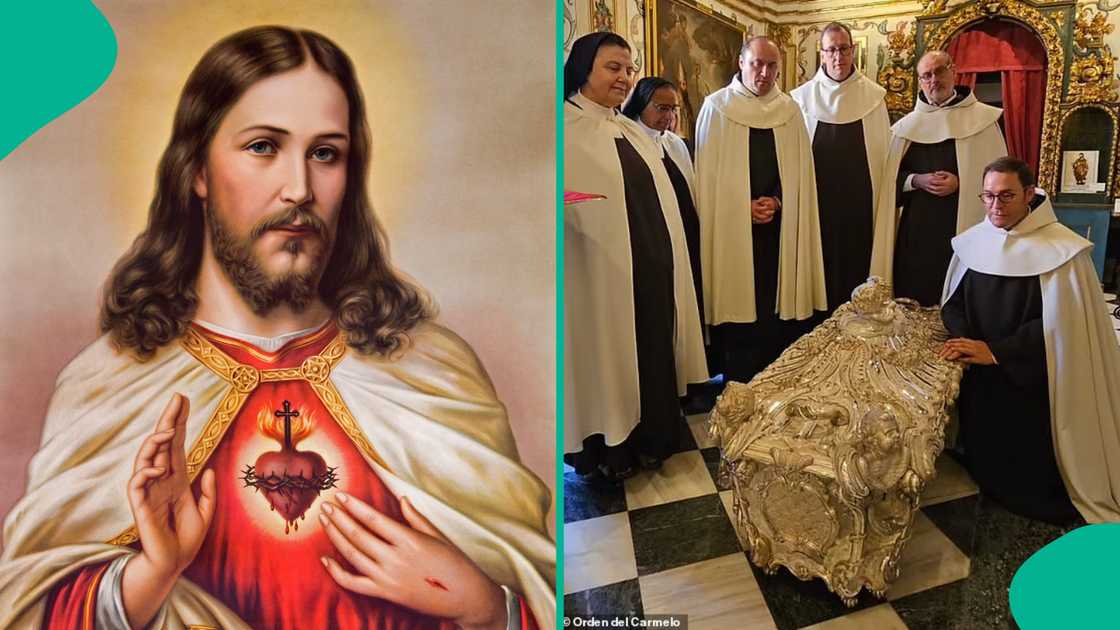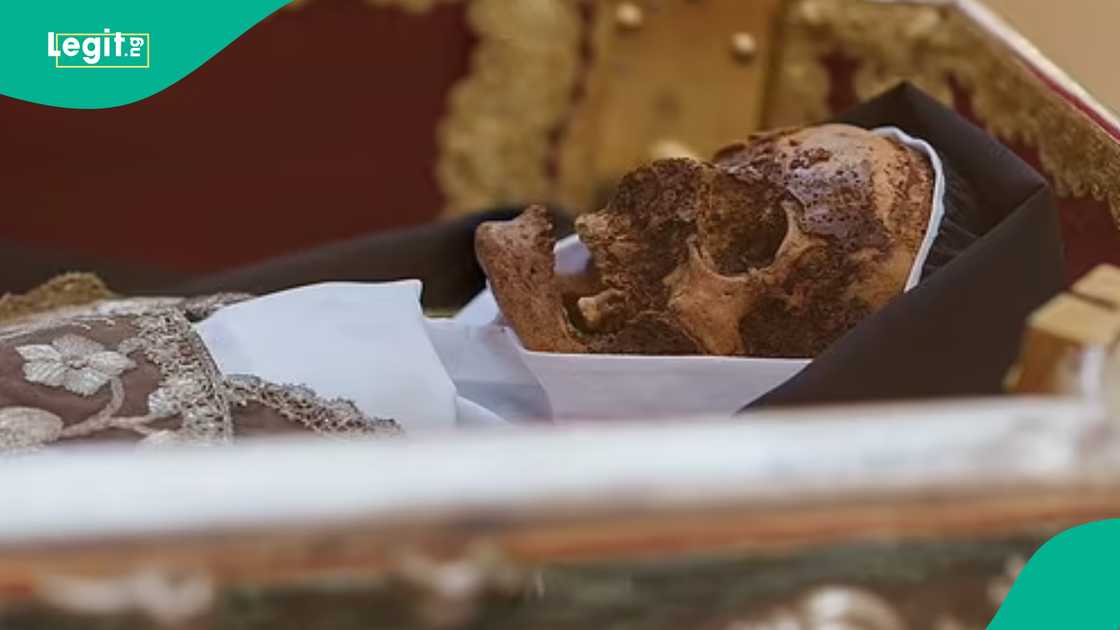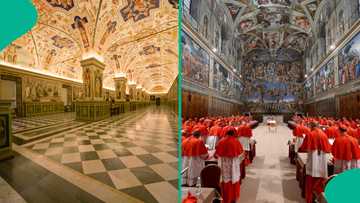Remains of Saint Teresa of Jesus Found After 400 Years, Displayed Publicly For the First Time
- Saint Teresa of Jesus, who passed away over four centuries ago, has astonished the world once again with the remarkable preservation of her incorrupt body
- For the first time since 1914, her remains have been displayed to the public, drawing crowds of faithful believers and researchers eager to uncover the mystery behind her extraordinary condition
- As experts begin new examinations, her body’s state offers a rare glimpse into both religious reverence and scientific intrigue
The corpse of Saint Teresa of Jesus, also known as Saint Teresa of Avila, was displayed to the public for the first time since 1914.
The remarkable event took place at the Basilica of the Annunciation of Our Lady of Mount Carmel in Alba de Tormes, Salamanca, Spain, where large crowds gathered to witness what many consider a divine miracle.

Source: Getty Images
According to DailyMail, Saint Teresa passed away in 1582, approximately 440 years ago, yet her body was recently exhumed, leaving experts astonished at its state of preservation.
Images revealed her remains lying in a silver coffin encased in marble, with her face clearly visible and her limbs described as incorrupt, meaning they have not undergone the expected process of decomposition.
Scientific analysis of Saint Teresa’s remains
The exhumation was conducted by Marco Chiesa, the General Postulator of the Order, at the Diocese of Avila on August 28. Church officials later shared details on social media, sparking reactions from Catholics worldwide who hailed her incorrupt body as one of God’s miracles.
A team of doctors compared photographs taken in 1914 of Saint Teresa’s face and foot but found direct comparisons difficult due to the images being in black and white.
Experts confirmed that, although her skin is mummified, her facial features remain distinguishable, allowing researchers to study her health conditions during life.
Saint Teresa’s influence and canonisation
Saint Teresa is revered as the patron saint of chess players, lace makers, those who have lost parents, people in need of grace, individuals in religious orders, the ridiculed faithful, and the sick.
As a Spanish nun, she gained prominence for her devotion and was canonised in 1622. Later, in 1970, she became the first woman to be named a doctor of the church, a prestigious title granted to saints with significant contributions to Christian doctrine.

Source: Getty Images
Mystery of Saint Teresa’s incorrupt remains
Since her body was last exhumed, experts have described it as incorrupt, indicating that it has remained in an exceptional state of preservation.
Researchers hope to uncover the reasons behind this phenomenon, with the goal of using these insights to improve methods for preserving relics in the future.
Father Marco Chiesa stated that they are still in the early stages of examination, cautioning that further analysis will be required before additional details can be released.
Secure protection of Saint Teresa’s body
To safeguard Saint Teresa’s remains, the Diocese implemented stringent security measures.
Access to her coffin requires 10 keys, distributed among key authorities: 3 keys held by the Duke of Alba, 3 keys possessed by the city of Alba de Tormes, 3 keys controlled by the Discalced Carmelite Father General in Rome, 1 final key, known as the "King’s key," required for the last stage of unlocking.

Read also
“This is witchcraft”: Solomon Buchi reacts to video of Nancy Isime’s gemstones in prayer area
To reach the saint’s body, three keys open the outer gate, three unlock the tomb, and four are needed for the coffin.
Scientific testing and future findings
Saint Teresa’s remains were moved to a locked examination room, where doctors and scientists are conducting visual examinations, photography, and X-rays.
The samples were sent to a lab in Italy, and experts anticipate that several months will be required to analyse the collected data before any findings can be made public.
Saint Teresa of Jesus remains a profound religious figure, with her incorrupt body continuing to spark faith, fascination, and scientific inquiry centuries after her passing.
New Earth with conditions suitable for people found
Legit.ng earlier reported that in a finding published in the journal Astronomy & Astrophysics recently, a 'super-Earth' planet was found outside of the solar system that could have conditions suitable for life.
According to experts at the University of Oxford, the planet known as HD 20794 d has a mass six times greater than Earth's and orbits within the 'habitable zone' of a star similar to the sun.
Source: Legit.ng




